Low-power, high-performance digital microphone with ultrasound (up to 40 kHz/85 kHz) response
Designed by Pesky Products in United States of America
This product is no longer available for sale.
The seller may be offering an improved version or it may be hanging out on the beach, enjoying the retired life.
What is it? This is a small (10.3 mm x 7.8 mm) breakout board for Invensense's latest suite of digital MEMS microphones, the ICS41350 and ICS41352. Both digital microphones use pulse-density modulati…
Read More…This is a small (10.3 mm x 7.8 mm) breakout board for Invensense's latest suite of digital MEMS microphones, the ICS41350 and ICS41352. Both digital microphones use pulse-density modulation (PDM) output protocol, have different power modes, and have very high signal-to-noise ratios.
From the data sheet: "The ICS‐4135X is a low‐power, low‐noise digital MEMS microphone in a small package. The ICS‐4135X consists of a MEMS microphone element and an impedance converter amplifier followed by a fourth‐order Σ‐Δ modulator. The pulse density modulated (PDM) interface allows two microphones to be time-multiplexed on a data line using a single clock."
Furthermore, from the data sheets: "The ICS‐41350 has multiple modes of operation: High Performance, Low Power(Always On), Standard and Sleep. The ICS‐41350 has low power and high SNR in all operational modes. It has 126 dB SPL AOP in High Performance mode, and 120dB SPL AOP in Standard and Low‐Power modes."
"The ICS-41352 has multiple modes of operation: Ultrasonic, Low-Power (Always On), Standard and Sleep. The ICS-41352 has high SNR in all operational modes. It has 120dB SPL AOP in all performance modes."
What's the big deal here? These low-noise, digital microphones extend the audio range well into the ultrasound: 20 Hz - 40 kHz for the ICS41350 and 20 Hz - 85 kHz for the ICS41352! This means you can record and analyze digital sound from birds, bats, and rodents with any microprocessor that has a PDM port. See this helpful guide from Adafruit.
We have created a PDM API for using these microphones with the STM32L4 development boards Dragonfly, Butterfly, and Ladybug. See the examples here. These microphones should also work on the SAMD21 using Adafruit's library.
Right now, these work best using our new Firefly STM32WB55CG development board. On Firefly, PDM CLK is D8 and PDM Data is D9. L/R select should be connected to D6. You can hear a sample of voice data recorded with the ICS41350 here.
The ICS41350 and ICS41352 have the same pin out and footprints so either can be assembled on the breakout pcb. Make sure to specify which you are ordering otherwise you will get the ICS41350.
I have been using digital I2S microphones for a while now. The recorded sound quality using these microphones is superb. The one drawback is that their audio range is limited to <20 kHz. This is fine for human voice and music, most applications in fact. But not if bat chirps, bird trills, and mouse squeeks are your sound target. For these critters ultrasound is required. So far, the choices for ultrasound recording devices have been limited to analog microphones, which are perfectly fine but require processing of the analog signal using a CODEC or host MCU to do the processing. It is not clear how to do this well or right. For one thing, most MCU ADCs are limited to 12 bits. Capturing and converting an analog ultrasound stream at 80 kHz takes a fast MCU that won't have time for much else if it can keep up with this pace at all.
Digital microphones offer some advantages over analog ones. First of all, noise can more easily be managed with a digital data stream. There are no I2S microphones that extend into the ultrasound range but these ICS4135X PDM microphones do. The one-bit PDM stream still needs to be processed on the host MCU with a series of filters but these can be made very efficient by taking advantage of the host MCU single floating point unit, DMA for data transfer, and even writing some of the required processing in assembly language for maximum efficiency, which we have done. The processed audio can be stored using the fast quad SPI flash and/or quad SDIO card reader on the Dragonfly development board for later analysis and playback. The result is a low-power, high-performance audio recording capability that extends the range of normal digital sound recording well into the ultrasonic range.
These are small, inexpensive digital microphones that will allow the user to easily record sounds out of the range of normal human hearing for later analysis and processing.
This includes not only animal sounds but industrial sounds useful for tool wear detection and failure analysis, intrusion detection, and machine diagnostics among many other applications.
Choose either the ICS41350 for 20 Hz to 40 kHz audio range or the ICS41352 for 20 Hz to 85 kHz audio range.
Order the pcb from OSH Park and assemble some of your own or buy the fully assembled and tested ICS4135X breakout here and see how easy it is to capture bird, bat, and rodent sounds!
Danville, CA, United States of America
Ships from United States of America.
180 Reviews | 5,435 Orders

$49.95
Free Shipping!
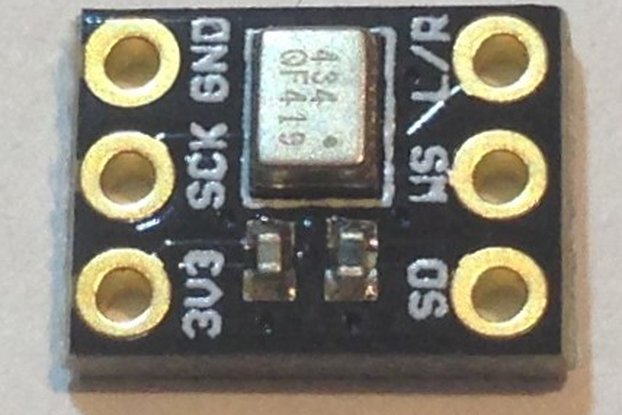
$11.95
Free Shipping!
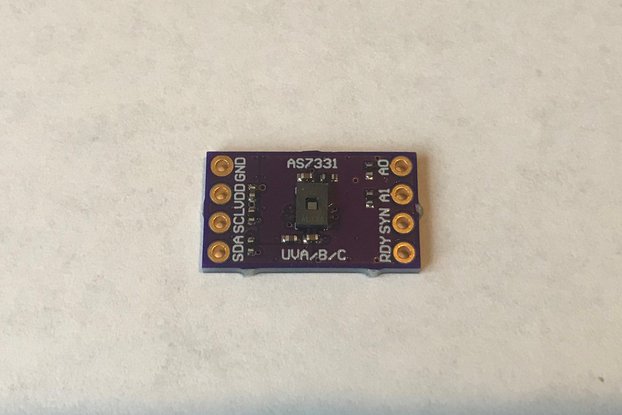
$35.95
Free Shipping!

$35.95
Free Shipping!

$49.95
Free Shipping!
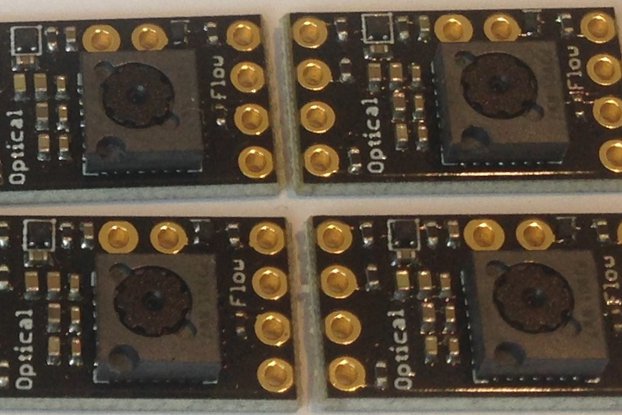
$29.95
Free Shipping!
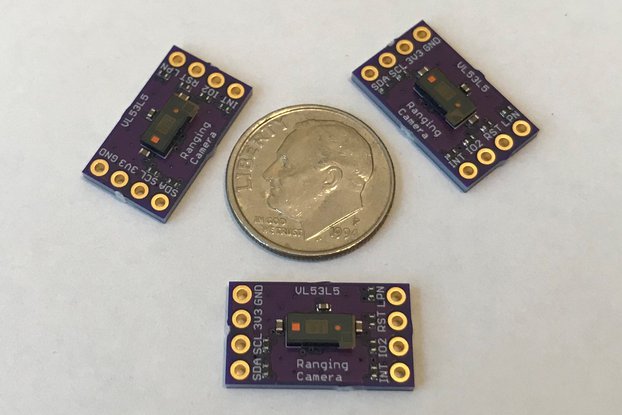
$19.95
Free Shipping!
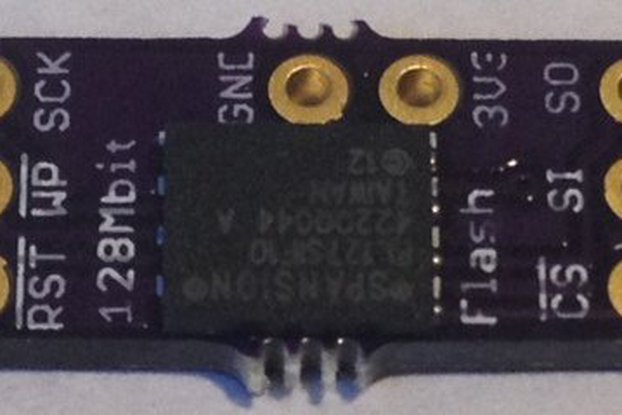
$12.95
Free Shipping!

$11.95
Free Shipping!
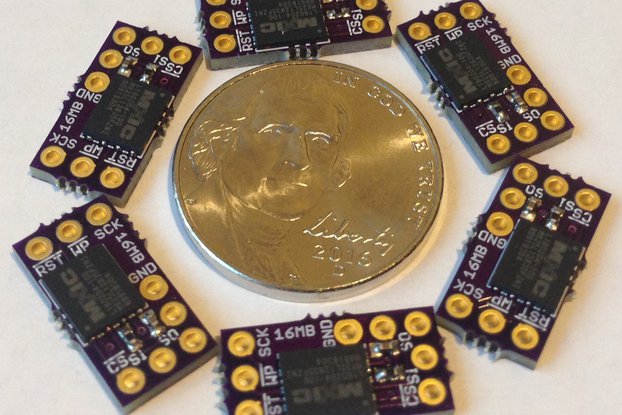
$11.95
Free Shipping!
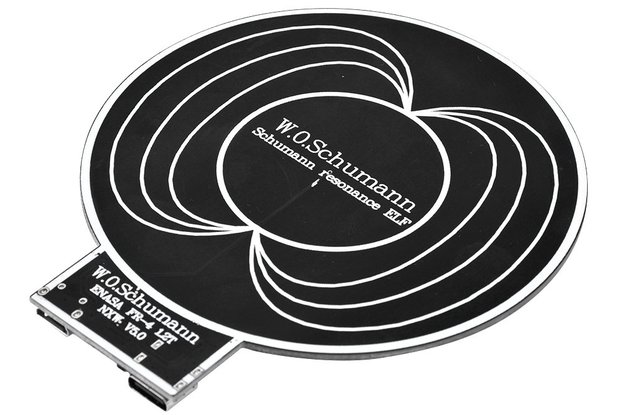
$13.00
Free Shipping!

$436.95
Free Shipping!
By clicking Register, you confirm that you accept our Terms & Conditions
We recognize our top users by making them a Tindarian. Tindarians have access to secret & unreleased features.
We look for the most active & best members of the Tindie community, and invite them to join. There isn't a selection process or form to fill out. The only way to become a Tindarian is by being a nice & active member of the Tindie community!
